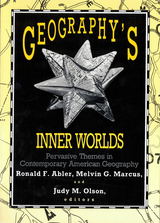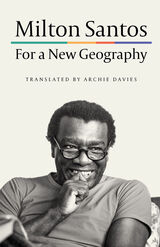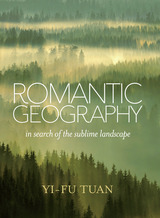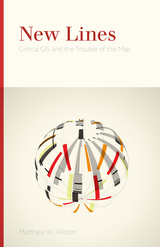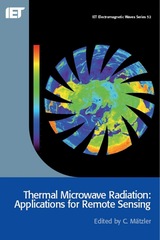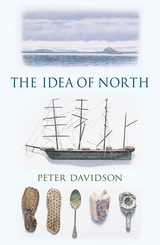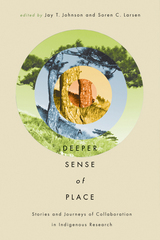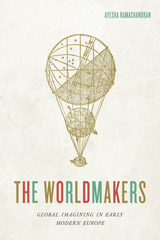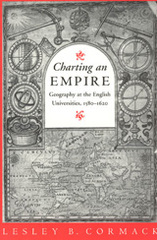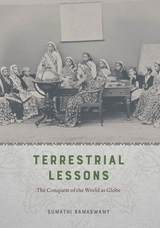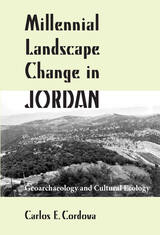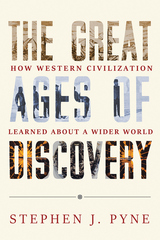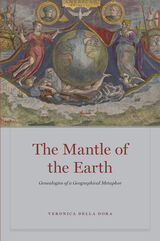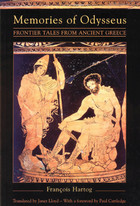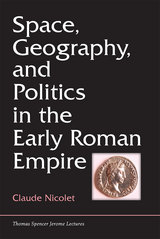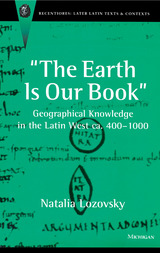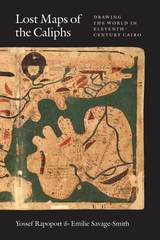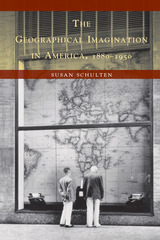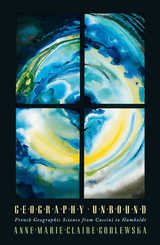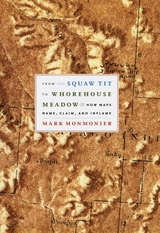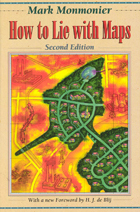Charting an Empire: Geography at the English Universities 1580-1620
University of Chicago Press, 1997
Cloth: 978-0-226-11606-8 | Paper: 978-0-226-11607-5
Library of Congress Classification G76.5.G7C67 1997
Dewey Decimal Classification 910.71173
Cloth: 978-0-226-11606-8 | Paper: 978-0-226-11607-5
Library of Congress Classification G76.5.G7C67 1997
Dewey Decimal Classification 910.71173
ABOUT THIS BOOK | TOC | REQUEST ACCESSIBLE FILE
ABOUT THIS BOOK
How did early modern England—an island nation on the periphery of world affairs—transform itself into the center of a worldwide empire? Lesley B. Cormack argues that the newly institutionalized study of geography played a crucial role in fueling England's imperial ambitions.
Cormack demonstrates that geography was part of the Arts curriculum between 1580 and 1620, read at university by a broad range of soon-to-be political, economic, and religious leaders. By teaching these young Englishmen to view their country in a global context, and to see England playing a major role on that stage, geography supplied a set of shared assumptions about the feasibility and desirability of an English empire. Thus, the study of geography helped create an ideology of empire that made possible the actual forays of the next century.
Geography emerges in Cormack's account as the fruitful ground between college and court, in whose well-prepared soil the seeds of English imperialism took root. Charting an Empire will interest historians of science, geography, cartography, education, and empire.
Cormack demonstrates that geography was part of the Arts curriculum between 1580 and 1620, read at university by a broad range of soon-to-be political, economic, and religious leaders. By teaching these young Englishmen to view their country in a global context, and to see England playing a major role on that stage, geography supplied a set of shared assumptions about the feasibility and desirability of an English empire. Thus, the study of geography helped create an ideology of empire that made possible the actual forays of the next century.
Geography emerges in Cormack's account as the fruitful ground between college and court, in whose well-prepared soil the seeds of English imperialism took root. Charting an Empire will interest historians of science, geography, cartography, education, and empire.
See other books on: Charting | Earth Sciences | Empire | Geography | Study and teaching (Higher)
See other titles from University of Chicago Press

